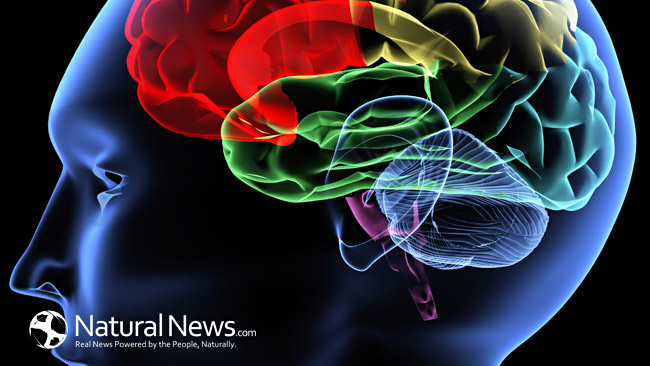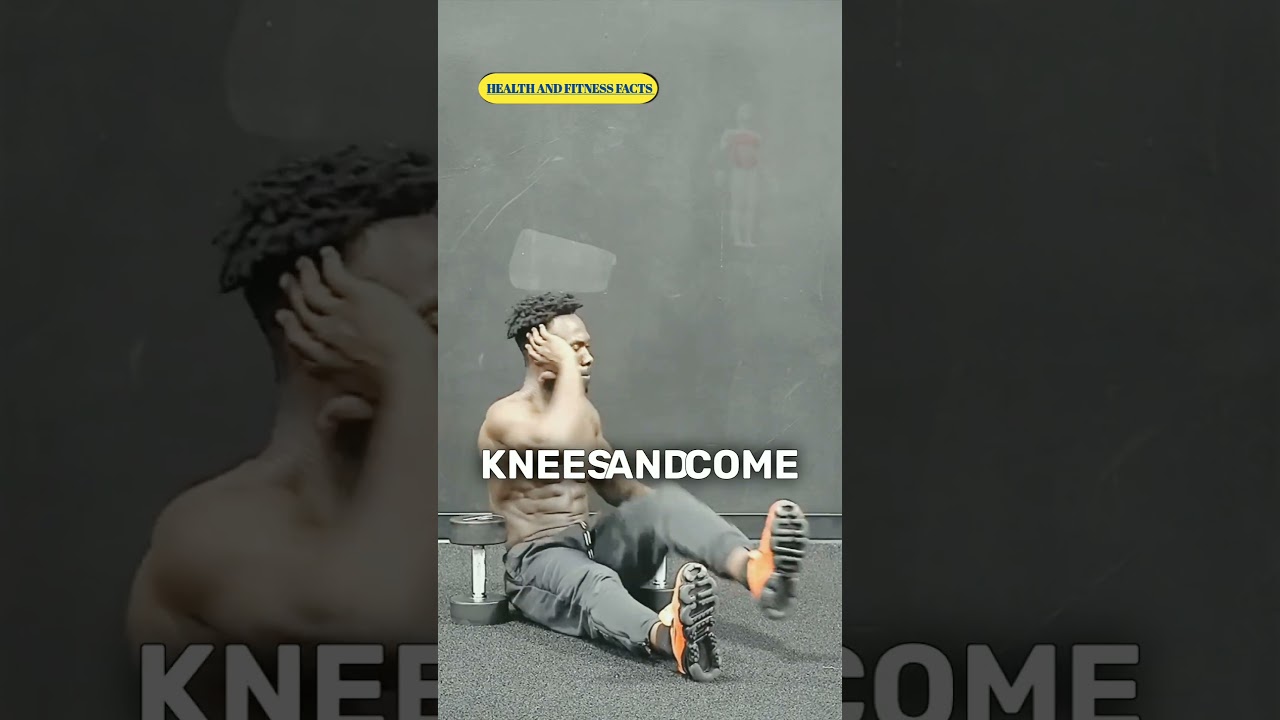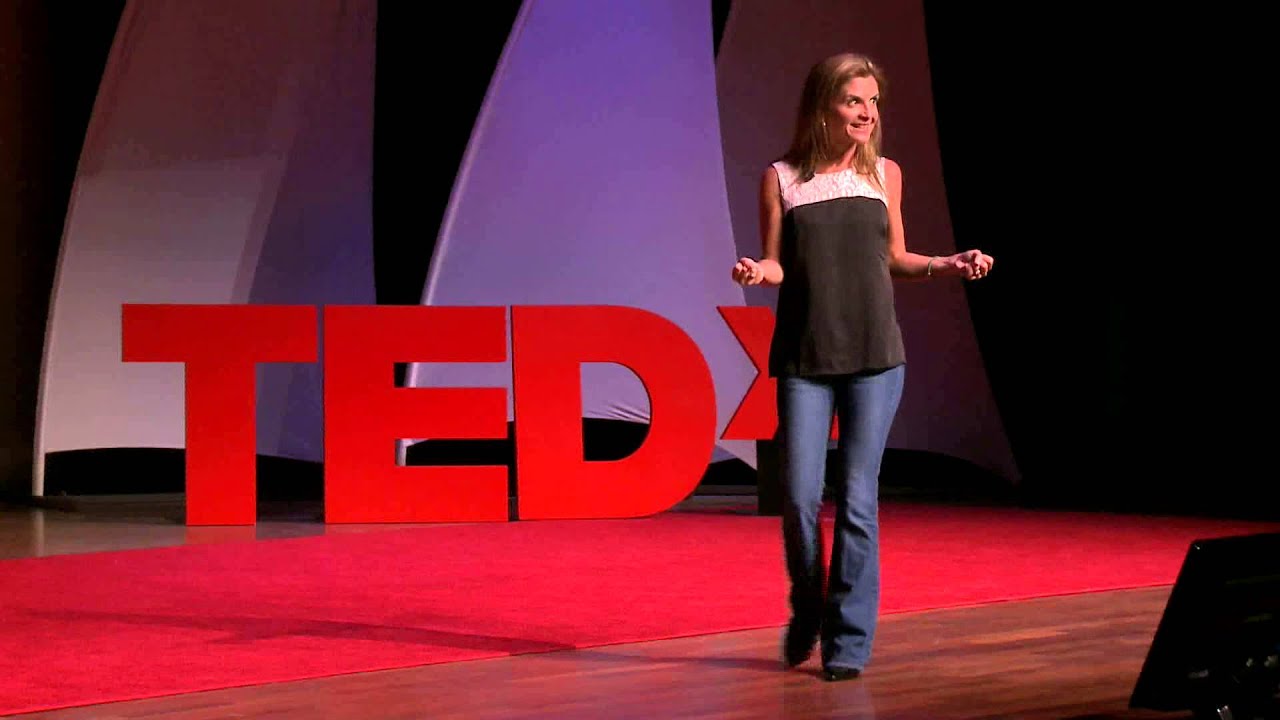A concussion is a type of traumatic brain injury (TBI). It
is the most common type and is also considered the least serious. The term
“concussion” comes from the Latin word “concurate” which means “to shake
violently”. Most occur during sports or recreational activities. They can also
result from a car accident, fall, or from fighting. A concussion is a bump or
blow to the head which can injure the brain.
The brain is composed of soft tissue. The skull and spinal
fluid are its gatekeepers. When a concussion occurs, the gate is rattled and
the brain might shake and move. This can result in bruising to the brain,
injury to the nerves, or even rupture to the blood vessels. Signs that any of
these injuries to the brain might have occurred would be blurry or loss of
vision, loss of balance, and even becoming unconscious. We don’t see these
symptoms, rather, the person feels them and that is when medical attention is
needed. The signs don’t always show up right away. Other symptoms include
headaches, slurred speech, memory loss, or even sensitivity to light.
Once any of these signs occur a doctor will evaluate the
type of concussion and assign a grade. Grade 1 is mild and lasts about 15
minutes. Grade 2 is moderate, and the symptoms are lingering longer. Grade 3 is
severe, and the person might lose consciousness.
When a concussion takes place, the central nervous system is
disrupted. A doctor will test a person’s reflexes and coordination. It is also
important to test for brain bleeding. This can be done with a CT scan or MRI.
The brain needs time to rest and heal and recover. That means taking a time out
from sports. The American Academy of Neurology actually has guidelines for when
a person should resume activity following experiencing a concussion. Many
athletes experience repeat concussions. This damage accumulates. Permanent
brain damage can result from continuous swelling to the brain from such blows.
Head gear and padding needs to be worn in contact sports and activities.
Parents, coaches, and athletes are starting to become more proactive. Some
athletes experience the after-math of contact sports years later, especially
having headaches that linger and don’t go away. Because symptoms are
self-evaluated, some people don’t understand the side effects, and some deny
having them. When a child has a concussion, signs might be uncontrollable
crying or loss of appetite.
An earthquake leaves its damage. A concussion leaves its damage to the brain. This TBI is very common and ranges in severity. Unfortunately, once a person has one, they are more at risk to have another. Make sure to avoid concussion prone situations, wear protective gear, and understand that living in the moment can also take moments off your life later. Your brain is your control center, so treat it with the respect and care it needs.
Concussion – The American Journal of Medicine (amjmed.com)
Mild Traumatic Brain Injury (mTBI) and chronic cognitive impairment: A scoping review (plos.org)
Concussion – Symptoms and causes – Mayo Clinic
Recovery from Concussion | HEADS UP | CDC Injury Center



